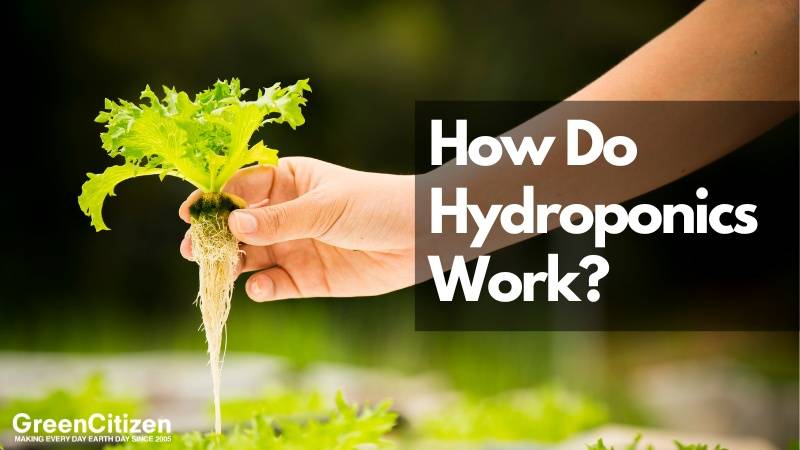Hydroponics is a method of growing plants without soil, using nutrient-rich water instead. This innovative technique is gaining popularity due to its efficiency and sustainability. Imagine having a lush garden indoors, even in the tiniest apartments!
I once tried growing tomatoes hydroponically in my kitchen. The results? Juicy tomatoes, no mess!
In this blog, we’ll explore the fascinating components of a hydroponic system, including the nutrient solution, grow lights, and growing mediums. By the end, you’ll understand how hydroponics works and why it’s a game-changer for urban gardening.
How Do Hydroponic Systems Work?
Hydroponic gardening is a bit like magic for plants. Imagine growing a tomato plant in water, not soil. Sounds odd, right? But it works wonders!
These systems are highly effective. Why? Because they allow you to have full control over the environment, such as temperature and pH balance. This helps you to provide the perfect amount of nutrients and water for your plants.
The fundamental principle of hydroponics is to provide plants with exactly what they need, when they need it.
Instead of using soil, hydroponic systems feed the plants with nutrient-rich water. This allows every type of plant to get nutrient solutions tailored to its needs.
Picture this: plants lounging in a spa, getting everything they need from a nutrient bath. Not only this, but you can also control the amount and duration of light for your plants. Hydroponic systems are often set up in greenhouses or indoor spaces. This allows for precise control of temperature, humidity, light, and nutrient levels. The plants thrive in these optimal conditions, growing faster and healthier.
What’s the best part? Hydroponics uses less water and avoids soil-related pests.
Hydroponic gardening is perfect for urban spaces or areas with poor soil quality. It is efficient, fun, and rewarding. Watching plants thrive in water feels like pure gardening magic!
Different Components of a Hydroponic System
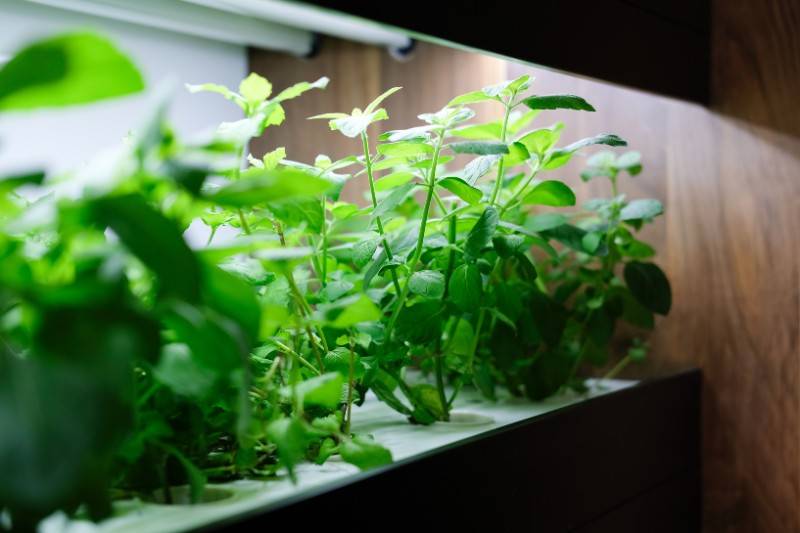
A hydroponic system consists of several key components that work together to grow plants efficiently.
Let’s break it down:
- Growing Medium: Instead of soil, hydroponics uses mediums like clay pellets, perlite, or Rockwool to support plant roots.
- Nutrient Solution: This is a water-based solution enriched with essential nutrients, feeding the plants directly.
- Grow Lights: In indoor setups, grow lights provide the necessary light spectrum for photosynthesis.
- Water and Air Pumps: These pumps ensure proper water and oxygen circulation.
Common types of hydroponic systems include:
Deep Water Culture (DWC): Plants are suspended in a nutrient-rich solution. An air pump keeps the water oxygenated.
Nutrient Film Technique (NFT): A thin film of nutrient solution flows over the roots, providing constant nourishment.
Ebb and Flow (Flood and Drain): Here, plants are periodically flooded with nutrient solution, which then drains back into a reservoir. Flood and drain systems are popular for their flexibility and customization options, allowing various growing media and plant types. The nutrient solution plays a crucial role in supplying water and nutrients while ensuring proper aeration and circulation.
When I set up my first hydroponic system, I was amazed at how straightforward it was. With just a few components, you can create a thriving, soil-free garden!

Read More:
Growing Medium
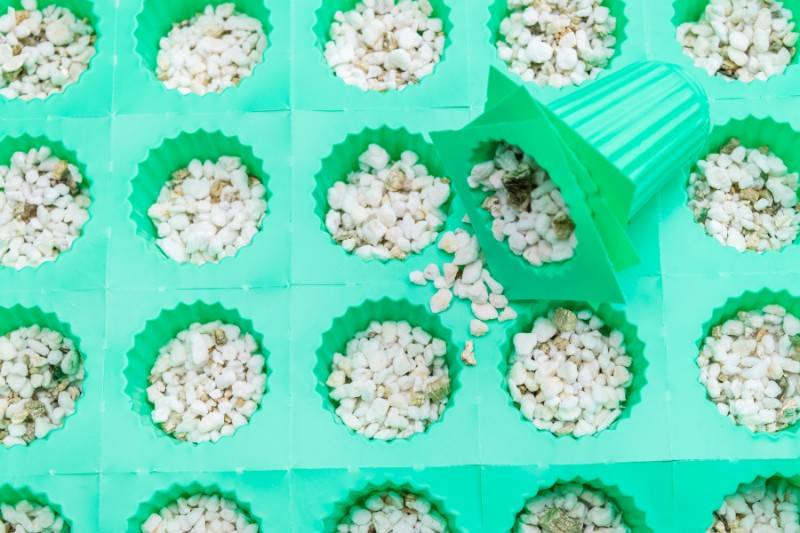
The growing medium in hydroponics plays a crucial role in supporting plant roots and ensuring they receive adequate oxygen. Unlike soil, these mediums are neutral and do not provide nutrients, but they offer excellent support and aeration.
These are some of the typical choices for a growing medium for hydroponics:
- Rockwool: Made from spun volcanic rock, Rockwool retains water well while allowing roots to breathe. It’s perfect for seedlings and mature plants alike.
- Perlite: Lightweight and porous, perlite offers great aeration and drainage. It’s often mixed with other mediums to enhance root oxygenation.
- Clay Pellets: Also known as hydroton, these pellets are reusable and provide excellent stability for plants. They ensure good water retention and root aeration.
The growing medium supports hydroponic plants by providing a stable environment for their roots, allowing them to thrive without soil.
When I first experimented with hydroponics, I found clay pellets to be incredibly user-friendly. They kept my plants stable and healthy, even when I forgot to water them on time!
Each growing medium has its own advantages. Choosing the right medium depends on your hydroponic system and your plants’ specific needs. With the right medium, your plants will thrive in a soil-free environment, demonstrating how hydroponics works efficiently.
Nutrient Solution
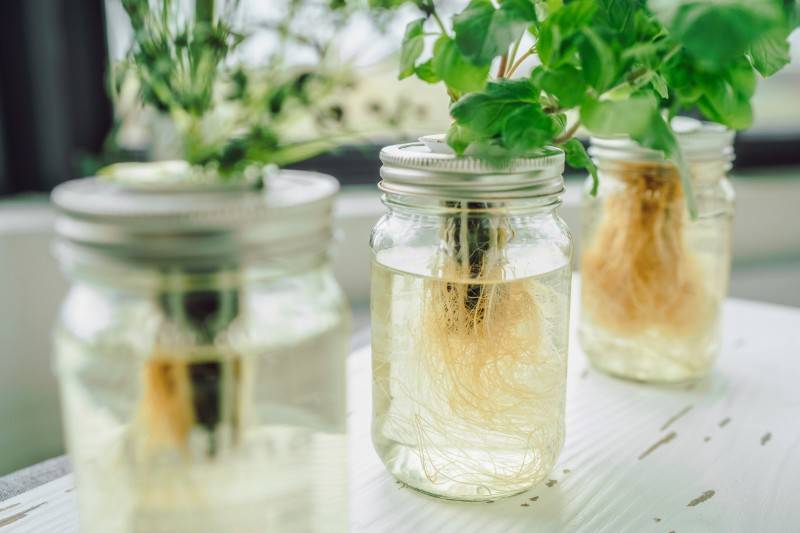
The nutrient solution is the lifeblood of hydroponics systems, providing plants with essential nutrients for growth. It contains a mix of macro and micronutrients such as nitrogen, phosphorus, potassium, calcium, magnesium, and iron.
To prepare the solution, start with clean water. Add a commercial hydroponic nutrient mix according to the package instructions. Make sure to measure accurately; too much or too little can harm your plants.
Regularly check the pH level, aiming for a range between 5.5 and 6.5 to maintain the solution. Adjust with pH up or down solutions as needed. Also, make sure to monitor the electrical conductivity (EC) to ensure proper nutrient concentration.
When I started with hydroponics, I felt like a scientist mixing solutions. One tip I learned: label everything clearly to avoid mistakes!
These are some of the tips that helped me greatly in keeping my plants thriving:
- Change the nutrient solution every two weeks.
- Top up with fresh water as it evaporates.
- Regularly clean your reservoir to prevent algae buildup.
Understanding nutrient solution preparation and maintenance is key to how hydroponics work. With the right balance, your plants will receive all they need to grow strong and healthy.
Water and Oxygen Delivery

Delivering water and oxygen to plant roots is crucial in hydroponic systems. Proper oxygenation ensures healthy root development and prevents root rot.
Water Delivery
- Water Pumps: These circulate nutrient solutions through the system, ensuring plants receive a consistent supply.
- Drip Systems: Slow, steady drips keep the growing medium moist without over-saturating it.
- Flow System: The Ebb and Flow system floods a grow tray with nutrient solutions before allowing them to drain back into a reservoir. This method is customizable for different grower needs and efficiently uses water and energy.
Oxygen Delivery
- Air Stones: Placed in the nutrient reservoir, they release bubbles, increasing oxygen levels in the water. When I first used an air stone, I was fascinated by the tiny bubbles it produced. It felt like a mini aquarium!
- Aerators: Similar to air stones, aerators enhance oxygen distribution, keeping roots healthy.
The importance of oxygenation can’t be overstated. Typically, oxygen-deprived roots can lead to plant diseases and stunted growth. Allowing sufficient oxygen in your hydroponic system promotes robust root systems and overall plant health.
Here’s a tip: Check your pumps and air stones regularly to ensure they function properly. A little maintenance goes a long way in understanding how hydroponics work and achieving successful plant growth.
Lighting
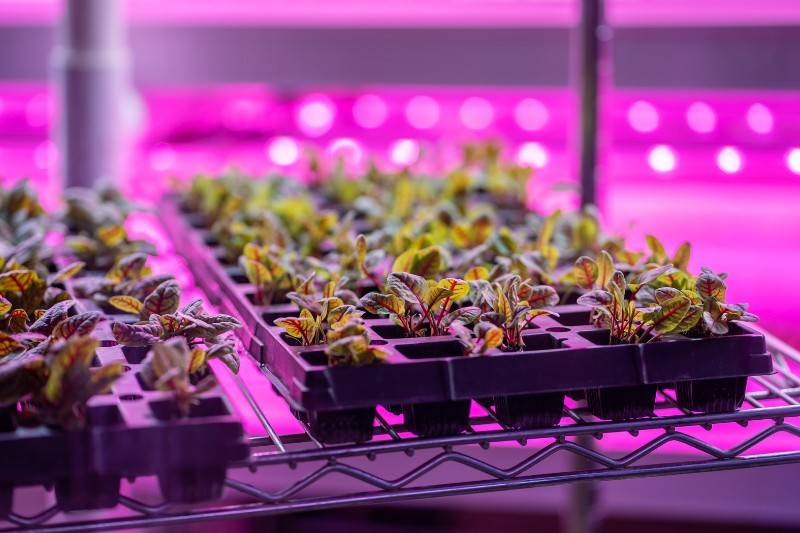
Artificial lighting is essential in hydroponics, especially for indoor gardens. It mimics sunlight, enabling photosynthesis and healthy plant growth.
LED lights are energy-efficient and long-lasting, which is ideal for hydroponics. They emit specific light spectrums tailored for different growth stages, enhancing yield and quality.
Fluorescent Lights, on the other hand, are cost-effective and easy to find. They are great for seedlings and leafy greens. However, they consume more energy and generate more heat than LEDs.
When I first set up my hydroponic garden, I used fluorescent lights. They worked well, but switching to LEDs made a noticeable difference in plant growth and energy bills!
Choosing the right lighting is crucial for how hydroponics work. Proper lighting ensures plants get the necessary light spectrum, leading to strong and healthy growth.
Monitoring and Maintenance
Regular monitoring and maintenance are vital for a successful hydroponic system. Keep an eye on pH levels, aiming for a range of 5.5 to 6.5. This ensures that the plants get optimal nutrients.
In ebb and flow systems, regular checks are crucial to ensure the proper functioning of the flooding and draining cycles.
Check nutrient concentrations frequently. Too much can burn your plants; too little stunts their growth. Adjust as needed for balanced nutrition.
System cleanliness is crucial. Algae and bacteria can quickly disrupt your setup. Clean your equipment and change the nutrient solution regularly.
I remember neglecting my pH checks once, and that did not end well. All my plants showed signs of distress. Lesson learned: consistent monitoring keeps your plants happy!
Proper maintenance is key to how hydroponics work. Regular checks and cleanliness ensure your system runs smoothly without any issues.
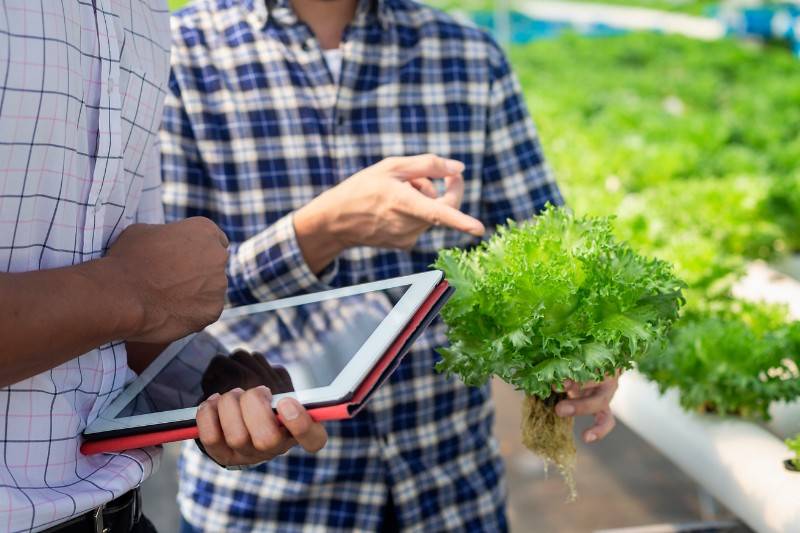
Let's Start Growing!
Hydroponics offers an innovative and efficient way to grow plants without soil. By understanding the components, such as the growing medium, nutrient solution, water delivery, and lighting, you can create a thriving system.
Starting your own hydroponic garden is easier than it seems. I remember my first attempt; it was both exciting and rewarding. Give it a try, and you’ll see how fun soil-free gardening can be!
